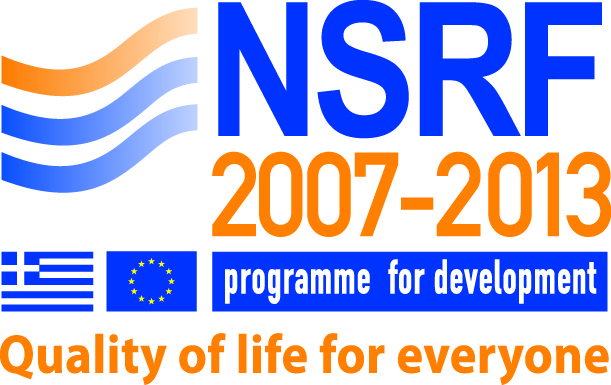Please use this identifier to cite or link to this item:
https://olympias.lib.uoi.gr/jspui/handle/123456789/8323Full metadata record
| DC Field | Value | Language |
|---|---|---|
| dc.contributor.author | Veltsistas, P. G. | en |
| dc.contributor.author | Karayannis, M. I. | en |
| dc.date.accessioned | 2015-11-24T16:40:52Z | - |
| dc.date.available | 2015-11-24T16:40:52Z | - |
| dc.identifier.issn | 0212-0569 | - |
| dc.identifier.uri | https://olympias.lib.uoi.gr/jspui/handle/123456789/8323 | - |
| dc.rights | Default Licence | - |
| dc.subject | chloranilates | en |
| dc.subject | ise, kinetic | en |
| dc.subject | potentiometric determination, formaldehyde | en |
| dc.title | Kinetic-potentiometric determination of formaldehyde in its aqueous solutions, using the chloranilate ion-selective electrode | en |
| heal.type | journalArticle | - |
| heal.type.en | Journal article | en |
| heal.type.el | Άρθρο Περιοδικού | el |
| heal.identifier.secondary | <Go to ISI>://A1996WM64100012 | - |
| heal.language | en | - |
| heal.access | campus | - |
| heal.recordProvider | Πανεπιστήμιο Ιωαννίνων. Σχολή Θετικών Επιστημών. Τμήμα Χημείας | el |
| heal.publicationDate | 1996 | - |
| heal.abstract | In the present investigation the application of the chloranilate electrode for the kinetic determination of formaldehyde in aqueous solutions is reported. This semi-automatic method is based on the known quantitative, irreversible condensation reaction of HCHO with the salt ethylenediammonium chloranilate [EnH(2)Chl]. The soluble methylenimine is produced and the reaction rate of the released chloranilate anions is monitored with a chloranilate sensing liquid membrane ion selective electrode, in a phosphate buffer of pH = 7.0. The time required for the reaction to yield a fixed amount of chloranilate ions, and therefore the potential change to reach a preselected value (Delta E = 10mV), is measured automatically and correlated directly to the formaldehyde concentration. The average error for the determination of HCHO in the range of 40 - 200 mu M in a sample of 1 ml was about 3%, with a relative standard deviation of 2%. Measurement times were in the range of 20 - 200 s. The method is simple, fast and applicable to turbid and colored samples, where spectrophotometric methods fail. The method has been applied to the determination of formaldehyde in commercial antiseptic products and pharmaceutical preparations. The results obtained with this method, compared with those taken with conventional analytical methods, are in good agreement. No significant interferences were observed from the usually coexisting substances in the formaldehyde formulations, such as methanol, ethanol, acetone, formic acid and aliphatic or aromatic aldehydes. | en |
| heal.journalName | Quimica Analitica | en |
| heal.journalType | peer reviewed | - |
| heal.fullTextAvailability | TRUE | - |
| Appears in Collections: | Άρθρα σε επιστημονικά περιοδικά ( Ανοικτά). ΧΗΜ | |
Files in This Item:
There are no files associated with this item.
This item is licensed under a Creative Commons License





